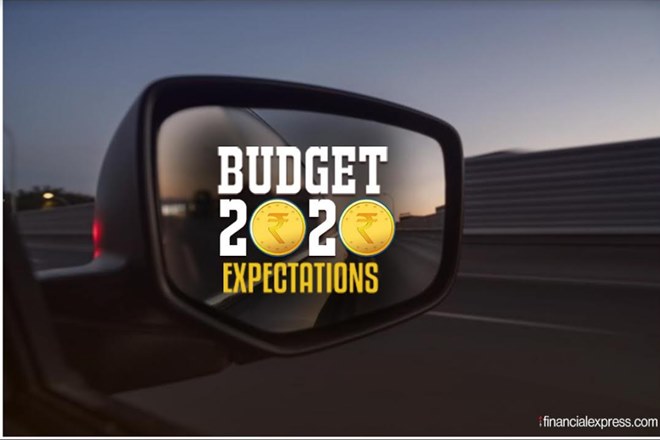By Shreyas Shibulal
Union Budget 2020 India: The union budget of 2019 came in strong to boost the presence of EVs on Indian roads. Finance Minister Nirmala Sitharaman in her maiden budget last year made a significant announcement aimed at lowering the Goods and Services Tax (GST) on EVs from 12% to 5%, which was encouraging. Additionally, the government had introduced a provision of an income tax deduction of Rs 1.5 lakh on the interest paid on loans taken to purchase electric vehicles. To further incentivise e-mobility, the government also proposed to exempt customs duty on certain parts of electric vehicles.
Watch Video: What is Union Budget of India?
While this was seen as a major step in the direction to attract more EV manufacturers and customers, these provisions were far from being sufficient. The lowering of GST on EVs as a whole does not cater to challenges in GST at the raw material level. The Li-ion batteries that constitute about 40-50% of the total cost, still attract a heavy GST of 18%. This is a big challenge in creating a sustainable EV ecosystem in India as the batteries are the most significant contributors to the total cost of an EV which are still being heavily penalised under GST.
The need of the hour is to enable manufacturing of batteries and its components locally under Make-in-India and also introduce GST relaxations on its raw materials. We in the EV industry await policy decisions on similar lines in the Union Budget 2020, that will improve the future of e-mobility in India.
While a number of schemes have been proposed to streamline the traffic of EVs in the commercial space, the challenge of supporting charging infrastructure keeps these schemes far from being practical. In order to promote EV adoption in India at scale, a lot of work still needs to be done on the ground level, not just in public transport but also in private ownerships. Though there have been provisions introduced on income tax deductions on EV purchase expenses, but a lot still remains to be done in terms of encouraging an average buyer to opt for an EV. Most of the nationalized banks are barely offering encouraging loans for EV purchase when compared to what they have to offer for ICE vehicles. An average EV buyer is still spending 1.5 to 2 times as interest on loans in comparison to what one would have spent while buying ICE vehicles. As private owners have a big share in automobile ownership in India, Budget 2020 needs to facilitate availing loans from banks at cheaper rates for EVs.
Technical advancements and research in EV space is going to be a key contributor in creating a sustainable EV ecosystem. Since EV is still an evolving sector this budget should enable and promote companies to invest in top universities and campuses across India. The joint efforts of brooding talent and industry to realize workshops/competitions with the support of industry leaders, will act as a catalyst in EV advancements. In the long run, the growth of talent and manufacturing in the local space will reduce India’s reliance on other countries for material and technology imports.
The growth of start-ups in India has been on an uphill in the recent past. This includes the EV space as well. The innovations in industry will be pushed even further by empowering start-ups in the EV industry. The budget should offer relaxation on angel tax on EV start-ups so that more of these sustain for a longer period of time.
A considerable push by the government in the areas highlighted above in the Union Budget 2020 will go a long way in taking a big leap forward to create a better EV ecosystem. This will ultimately pave the way for cleaner, greener and affordable mobility in India in the long run.
Shreyas Shibulal is Founder & Director, Micelio. Views are the author’s own.


